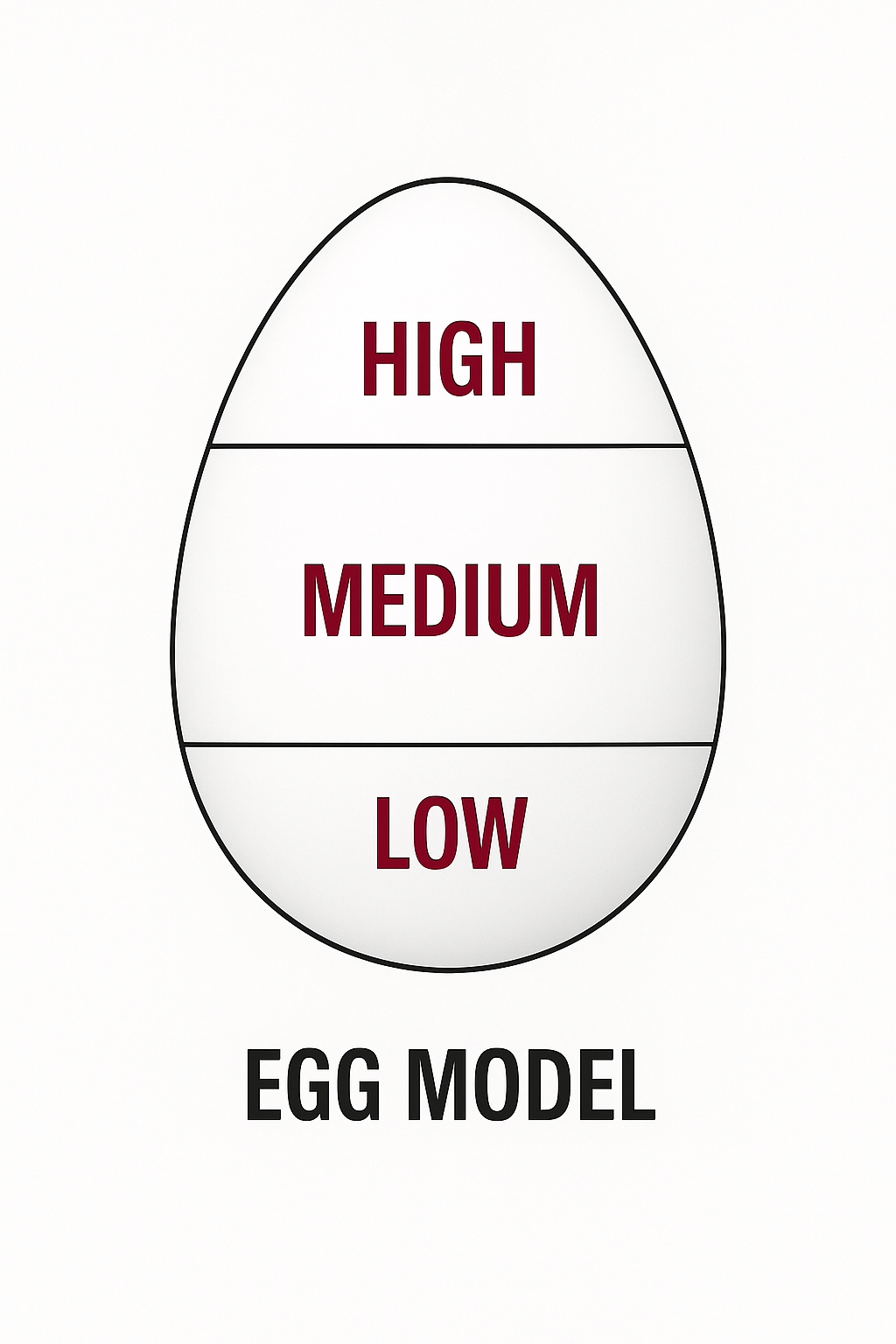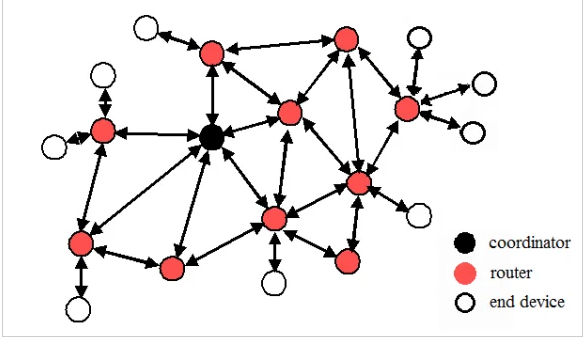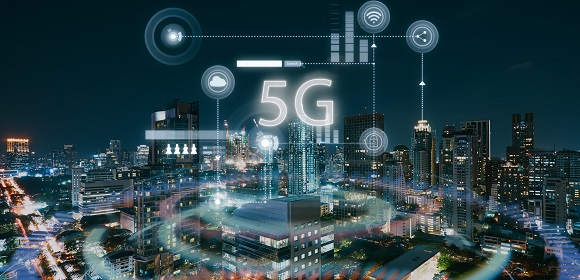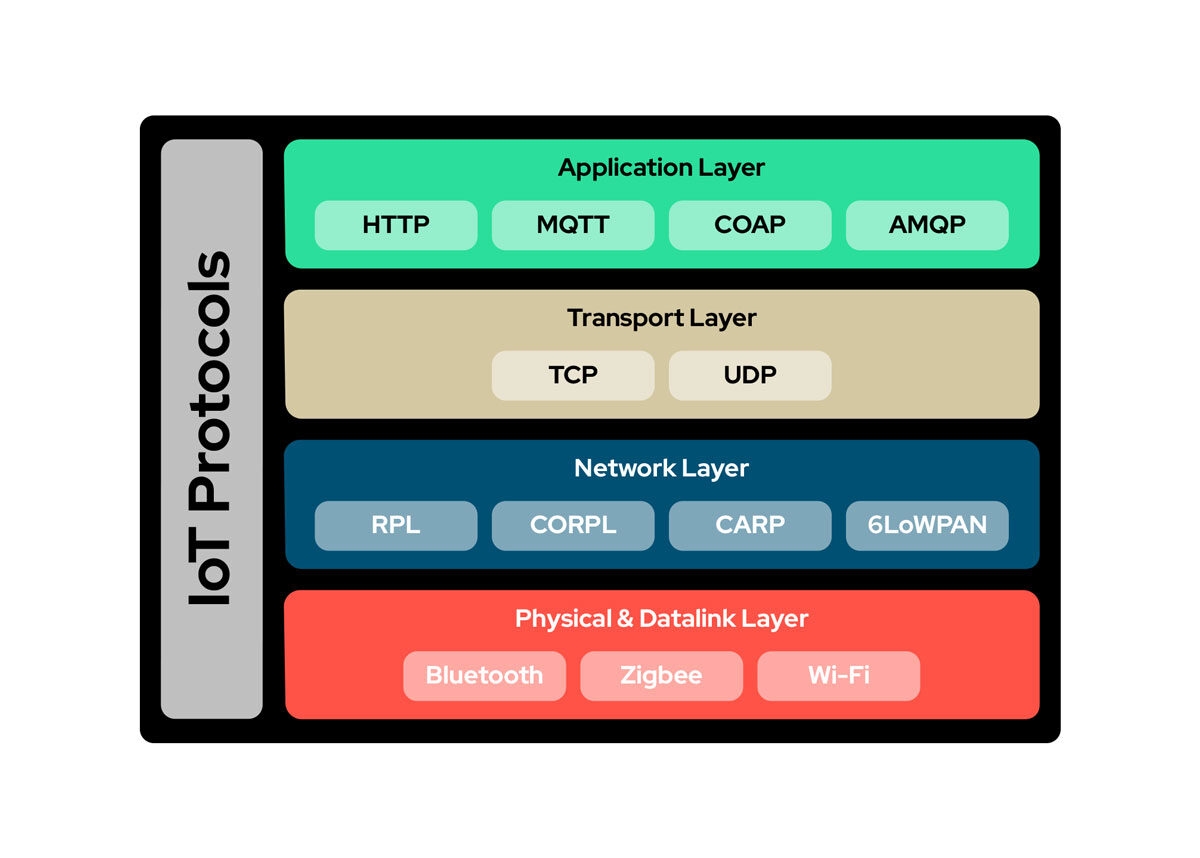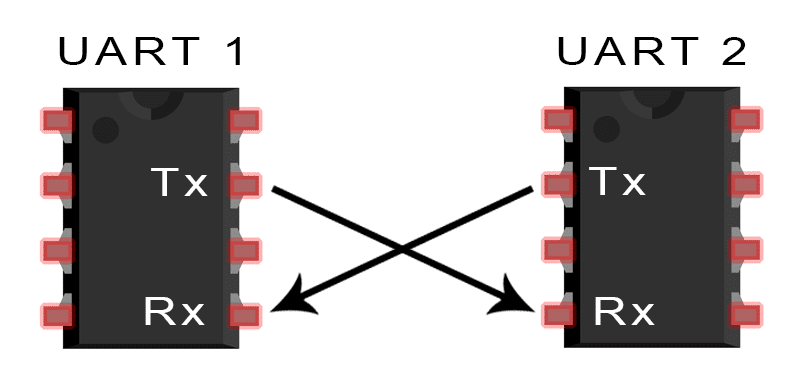
The Internet of Things (IoT) refers to devices that sense information and enable the collection, transmission, and control of data between things and between people and things. IoT technologies include sensor technology, RFID, embedded systems, intelligent systems, and nanotechnology.
Industrial IoT
Industry is a leading application area for IoT. Combined with automation and machine learning, IoT helps organizations remain competitive by reducing operating costs and increasing productivity. Wearable devices and augmented reality are increasingly used to improve worker productivity and to support human resource management.
Smart Security
Security is a major IoT market because safety is a basic human need. Modern security systems capture, transmit, store, analyze, and process image data. A complete smart security system typically includes access control, alarm systems, and surveillance, with an emphasis on video monitoring.
Smart Grid
The smart grid builds on an integrated, high-speed bidirectional communication network and applies advanced sensing and measurement, equipment, control methods, and decision-support systems to achieve reliable, secure, economical, efficient, and environmentally friendly power distribution.
Smart Warehousing
Smart warehousing is a link in the logistics chain. Its applications ensure fast and accurate data entry across warehouse processes, enabling timely and accurate inventory awareness. Location services help staff track the current position of all stock, improving warehouse efficiency. RFID smart warehousing solutions include RFID lane devices, kiosks, readers, and other hardware options.
Smart Logistics
Smart logistics uses information technology to enable system-level sensing across transportation, warehousing, packaging, loading and unloading, processing, distribution, and information services. It supports comprehensive analysis, real-time processing, and automated adjustments to create a modern, integrated logistics system. Smart logistics can significantly lower costs across manufacturing and distribution chains by enabling collaboration and information sharing among manufacturers, wholesalers, and retailers.
Smart Healthcare
In healthcare, IoT captures physiological states via sensors and mobile devices, including heart rate, energy expenditure, glucose intake, and blood pressure. These measurements can be recorded in electronic health records for personal or clinical review. Collected data can be sent to communication terminals to support remote monitoring and reduce medical expenses.
Smart Home
Smart home technology is increasingly practical. Appliances from washers and refrigerators to smart mirrors can provide advanced functions and interconnect for centralized control. These systems aim to improve comfort, safety, and efficiency in daily life.
Smart Agriculture
IoT applications in agriculture include soil temperature monitoring, livestock condition tracking, irrigation monitoring, soil pH measurement, rainfall measurement, air and wind sensing, nitrogen concentration measurement, and soil moisture monitoring. These data support disaster reduction, resilient farming practices, and scientific crop management, enhancing overall agricultural productivity.
Smart Transportation
Smart transportation integrates people, vehicles, and roads to improve transport environments, enhance safety, and increase resource utilization. Using image recognition as a core technology, along with radiofrequency techniques and tagging, the system automatically collects and transmits data on traffic flow, driving violations, routes, license plate information, road occupancy, and vehicle speeds, facilitating traffic management.
Smart Retail
Retail can be categorized by distance into long-range, mid-range, and near-range formats, represented by e-commerce, malls, and convenience stores or vending machines, respectively. IoT technologies are mainly applied to near-range and mid-range retail, especially unmanned convenience stores and automated vending machines. Smart retail digitizes and upgrades traditional vending and convenience formats to enable unattended retail models.
Smart Energy and Environment
Smart energy and environmental monitoring is part of smart city systems. IoT applications focus on water, electricity, gas, street lighting, and environmental devices such as manhole covers and trash bins. Examples include manhole cover monitoring, smart water and power meters for remote reading, and sensor-enabled trash bins. Networked monitoring improves resource utilization and reduces energy waste.
Smart Buildings
IoT applications in buildings aim to improve productivity and efficiency. Current smart building applications include lighting control, fire monitoring, intelligent elevators, building monitoring systems, and specialized monitoring such as termite detection in heritage structures.
 ALLPCB
ALLPCB


